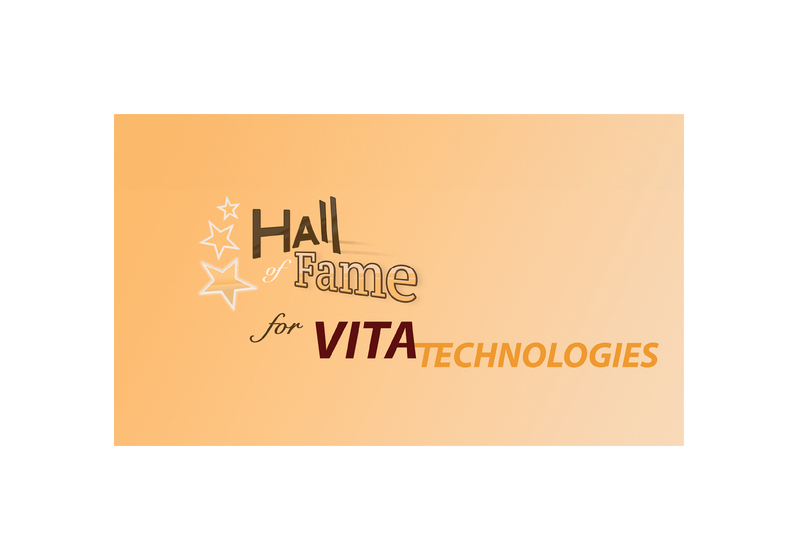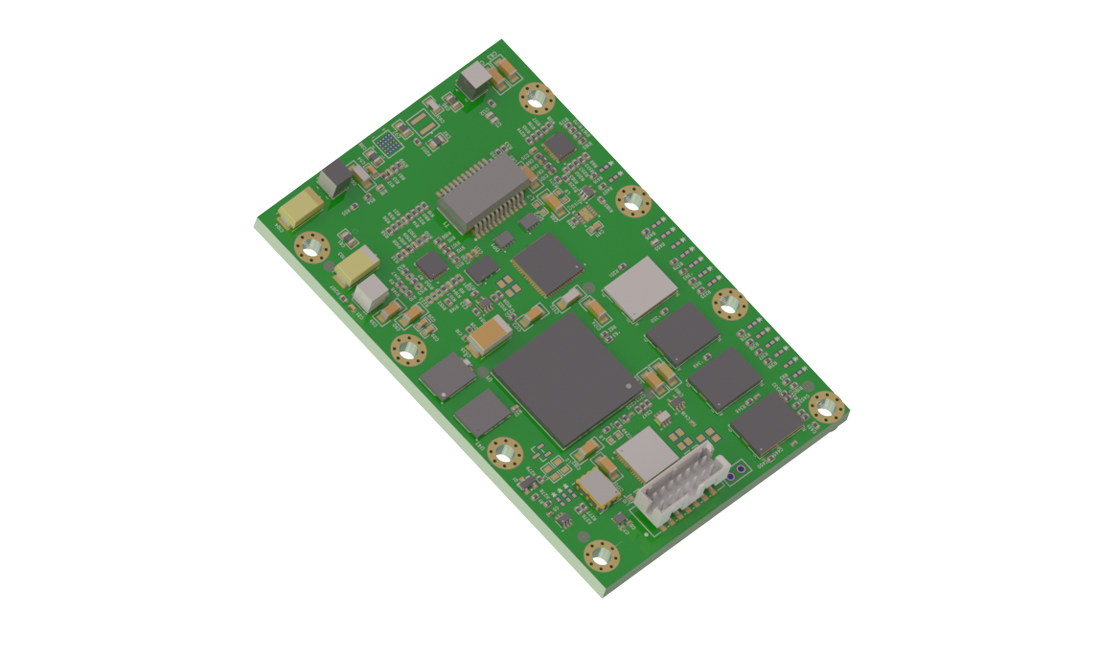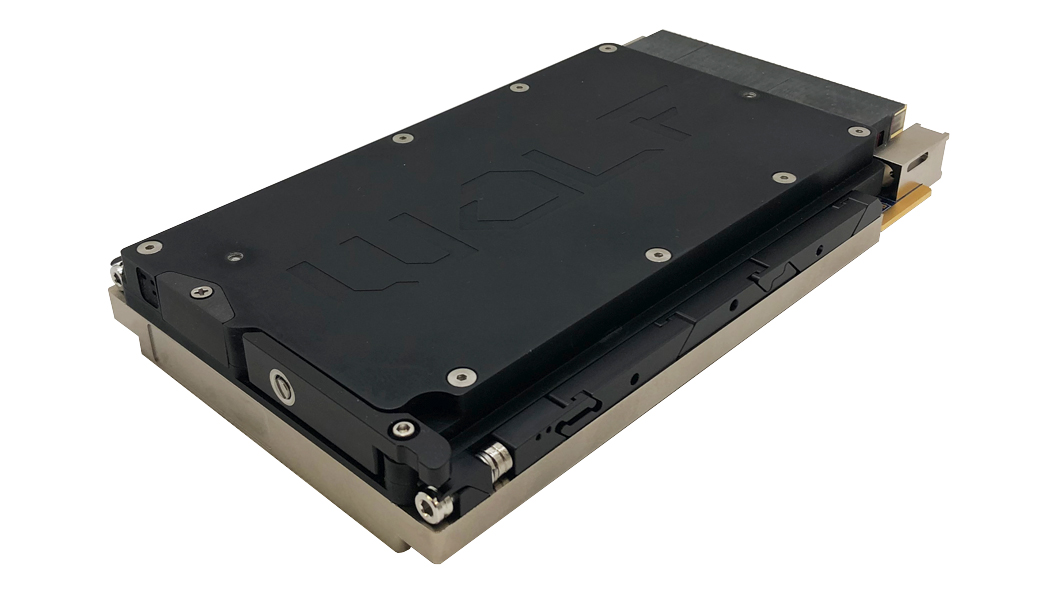| Schematic of the interface technology and cooling system. The image shows a cross-sectional schematic of the cooling architecture using the branched channel design. A highly viscous paste is brought between the chip cap and the hot chip in order to reduce the thermal resistance. Thanks to the tree-like branched “trenches” in the copper cap, the paste spreads very homogeneously and attains a thickness of less than 10 micrometers. With this technique, only half the pressure is needed to apply the paste and a twofold increase in cooling performance can be achieved. |
San Jose, U.S., Zurich, Switzerland, 22 March 2007—At the IEEE Semi-Therm Conference 2007, IBM (NYSE: IBM) researchers unveiled details of a new technique to significantly improve capabilities to cool computer chips.
The technique, developed by a team of scientists at the IBM Zurich Research Laboratory in cooperation with Momentive Performance Materials, formerly GE Advanced Materials, overcomes a barrier in chip cooling by improving the application of the “glue” that binds chips to their cooling systems. The new technology could allow faster computer chips to be cooled more efficiently.
In today’s computer chips, as the circuits on chips become increasingly smaller, chips generate more heat than ever before. To remove the heat from the chip, a cooling system is attached to the microprocessor using a special adhesive or glue. This glue is necessary to bind the two systems together, yet it poses a real barrier to heat transport.
To improve the glue’s heat-conducting properties, it is enriched with micrometer-sized metal or ceramic particles. These particles form clusters that build so-called heat-evacuation bridges from the chip to the cooler to compensate for the glue’s shortcomings. However, even pastes with a high concentration of particles are still inefficient, consuming up to 40 percent of the overall thermal budget, i.e. the cooling capacity available to draw heat away from the chip.
IBM researchers now unveiled the reason for this problem and presented a novel technique to solve it. By observing how the glue spreads when a chip is attached to its cooling element, scientists noticed that a cross formed in the paste as large amounts of particles piled up, inhibiting the layers of glue from spreading out evenly. The scientists were able to trace the cause of this back to the flow behavior of the paste, which simply follows the path of least resistance. Along the diagonals, the particles are pulled in opposite directions and, as a result, they remain where they are. As the squeezing process continues, however, the particles begin to pile up, forming what scientists call a “magic cross”.
To overcome this problem, the team designed a special layout of micrometer-sized channels — or trenches — in a tree-like branched structure consisting of larger and smaller channels. This structure functions like an irrigation system for the paste at exactly those areas where the particles would pile up. This allows the particles to spread more homogeneously and reduces the thickness of the resulting paste gap.
The results obtained are impressive: The paste thickness was reduced by a factor of 3, and the pressure required to squeeze the paste to the same bondline thickness was reduced to a similar extent. These lower assembly pressures ensure that the delicate components and interconnects beneath the chip are not damaged as the chip package is created. The channels also allow pastes with higher fill factors and higher bulk thermal conductivity to be squeezed into thinner gaps, thereby reducing the thermal resistance of the paste interface by more than a factor of 3. The new technology allows air-cooling systems to remove more heat and helps to improve the overall energy efficiency of computers.
To further optimize the technology in real cooling systems and to demonstrate its feasibility, the IBM team cooperated with paste manufacturer Momentive Performance Materials, Wilton, CT, USA.
Together with other industry-leading suppliers, tools are being developed to define the surface channels through the same copper stamping process currently used to fabricate high-volume chip lids. This will define a full supply chain of low-cost parts to quickly integrate the new technique into products.
This research will be published as a paper entitled “Hierarchical Nested Surface Channels for Reduced Particle Stacking and Low-Resistance Thermal Interfaces” by R. J. Linderman, T. Brunschwiler, U. Kloter, H. Toy, B. Michel, in Proc. 23rd IEEE Semi-Therm Symp. 2007.
About the IBM Zurich Research Laboratory
The IBM Zurich Research Laboratory (ZRL) is the European branch of IBM Research. This worldwide network of some 3500 employees in eight laboratories around the globe is the largest industrial IT-research organization in the world. ZRL’s spectrum of research activities ranges from basic science and fundamental research in physics and mathematics, to the development of computer systems and software, to the design of novel business models and services.







